Robotic platform that could take space exploration to new heights
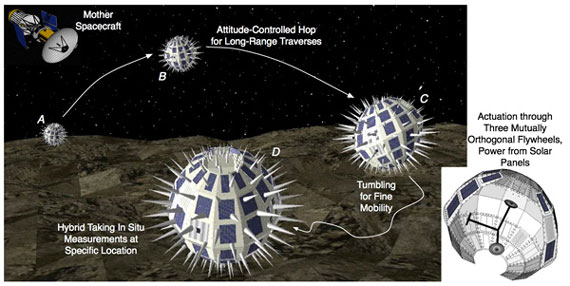 An autonomous system for exploring the solar system's smaller members, such as moons and asteroids, could bring us closer to a human mission to Mars.
An autonomous system for exploring the solar system's smaller members, such as moons and asteroids, could bring us closer to a human mission to Mars.
Jan 2nd, 2013
Read more
 Subscribe to our Space Exploration News feed
Subscribe to our Space Exploration News feed
 An autonomous system for exploring the solar system's smaller members, such as moons and asteroids, could bring us closer to a human mission to Mars.
An autonomous system for exploring the solar system's smaller members, such as moons and asteroids, could bring us closer to a human mission to Mars.
Jan 2nd, 2013
Read more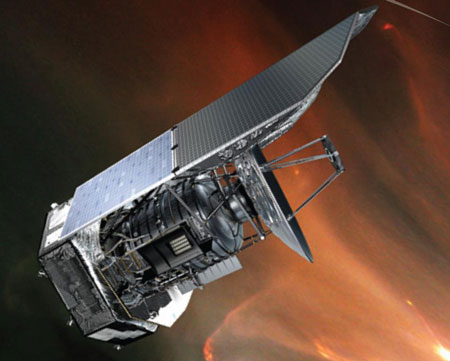 With its 2160 litres of liquid helium about to run out, the Herschel Space Observatory will, by the end of March, become just another piece of space junk.
With its 2160 litres of liquid helium about to run out, the Herschel Space Observatory will, by the end of March, become just another piece of space junk.
Jan 2nd, 2013
Read moreAs if space travel was not already filled with enough dangers, a new study shows that cosmic radiation - which would bombard astronauts on deep space missions to places like Mars - could accelerate the onset of Alzheimer's disease.
Jan 2nd, 2013
Read moreResearchers describe a new mechanism for the magnetisation of the universe even before the emergence of the first stars.
Jan 2nd, 2013
Read more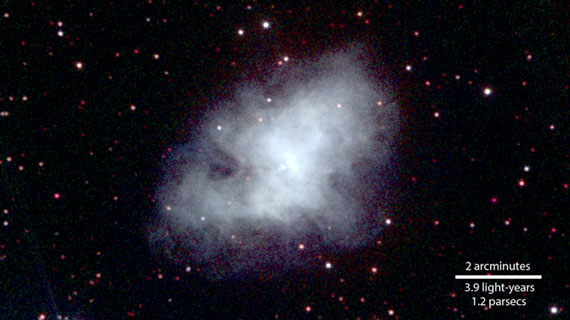 Of the three telescopes carried by NASA's Swift satellite, only one captures cosmic light at energies similar to those seen by the human eye. Although small by the standards of ground-based observatories, Swift's Ultraviolet/Optical Telescope (UVOT) plays a critical role in rapidly pinpointing the locations of gamma-ray bursts (GRBs), the brightest explosions in the cosmos.
Of the three telescopes carried by NASA's Swift satellite, only one captures cosmic light at energies similar to those seen by the human eye. Although small by the standards of ground-based observatories, Swift's Ultraviolet/Optical Telescope (UVOT) plays a critical role in rapidly pinpointing the locations of gamma-ray bursts (GRBs), the brightest explosions in the cosmos.
Dec 29th, 2012
Read more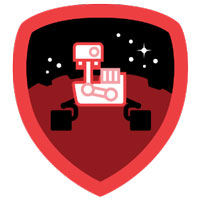 NASA and the mobile application Foursquare have teamed up to help the public unlock its scientific curiosity with a new rover-themed Curiosity Explorer badge.
NASA and the mobile application Foursquare have teamed up to help the public unlock its scientific curiosity with a new rover-themed Curiosity Explorer badge.
Dec 28th, 2012
Read more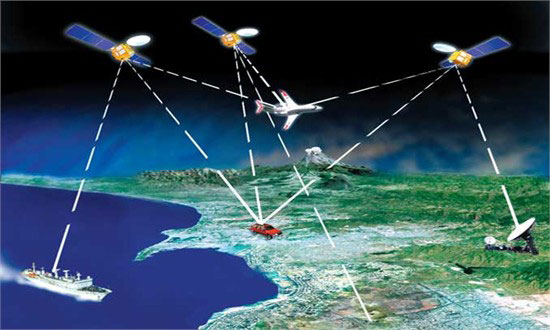 China has launched commercial and public services across the Asia-Pacific region on its domestic satellite navigation network built to rival the US global positioning system.
China has launched commercial and public services across the Asia-Pacific region on its domestic satellite navigation network built to rival the US global positioning system.
Dec 28th, 2012
Read more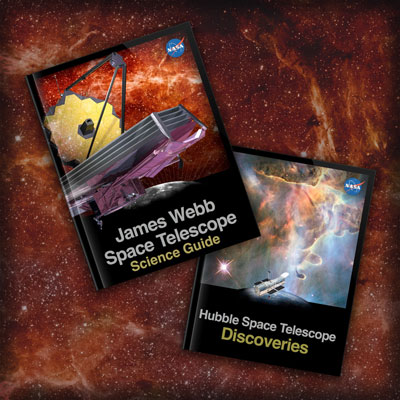 NASA's Hubble Space Telescope has been providing astounding images of the universe since April 1990 and has led to remarkable discoveries. NASA's James Webb Space Telescope is the next-generation telescope that will peer even deeper into space and unveil even more mysteries. Both of these extraordinary telescopes are now the topics of two free e-books available from the Apple iBookstore.
NASA's Hubble Space Telescope has been providing astounding images of the universe since April 1990 and has led to remarkable discoveries. NASA's James Webb Space Telescope is the next-generation telescope that will peer even deeper into space and unveil even more mysteries. Both of these extraordinary telescopes are now the topics of two free e-books available from the Apple iBookstore.
Dec 22nd, 2012
Read more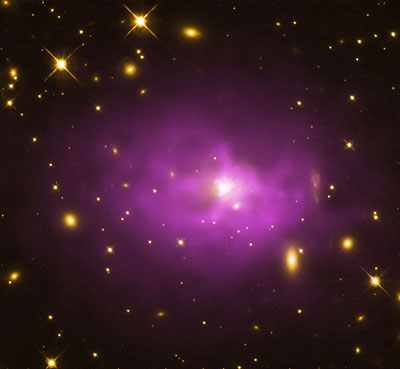 Some of the biggest black holes in the Universe may actually be even bigger than previously thought, according to a study using data from NASA's Chandra X-ray Observatory.
Some of the biggest black holes in the Universe may actually be even bigger than previously thought, according to a study using data from NASA's Chandra X-ray Observatory.
Dec 21st, 2012
Read moreA new study indicates that clay minerals, rocks that usually form when water is present for long periods of time, cover a larger portion of Mars than previously thought.
Dec 21st, 2012
Read more China's space probe Chang'e-2 has successfully conducted a maneuver in which it flew by the asteroid Toutatis, about seven million km away from the Earth.
China's space probe Chang'e-2 has successfully conducted a maneuver in which it flew by the asteroid Toutatis, about seven million km away from the Earth.
Dec 21st, 2012
Read more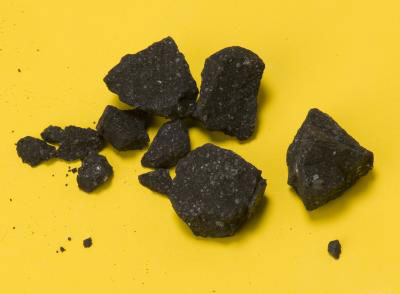 Meteorites that had fallen from an asteroid impact that lit up the skies over California and Nevada in April are showing scientists just how complex an asteroid surface can be.
Meteorites that had fallen from an asteroid impact that lit up the skies over California and Nevada in April are showing scientists just how complex an asteroid surface can be.
Dec 20th, 2012
Read more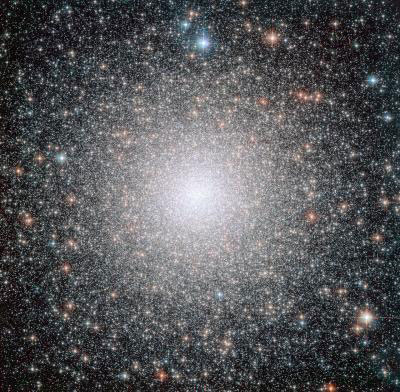 In certain circumstances, stars can be given a new burst of life, receiving extra fuel that bulks them up and substantially brightens them. This can happen if one star pulls matter off a neighbour, or if they collide.
In certain circumstances, stars can be given a new burst of life, receiving extra fuel that bulks them up and substantially brightens them. This can happen if one star pulls matter off a neighbour, or if they collide.
Dec 19th, 2012
Read moreAn international team of scientists, including Carnegie's Paul Butler, has discovered that Tau Ceti, one of the closest and most Sun-like stars, may have five planets.
Dec 19th, 2012
Read more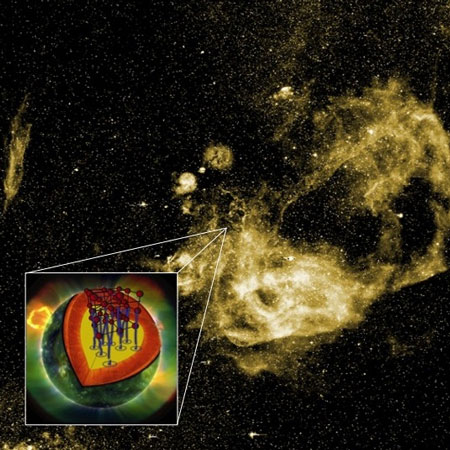 Researchers from the University of Southampton have called in to question a 40 year-old theory explaining the periodic speeding up or 'glitching' of pulsars.
Researchers from the University of Southampton have called in to question a 40 year-old theory explaining the periodic speeding up or 'glitching' of pulsars.
Dec 18th, 2012
Read more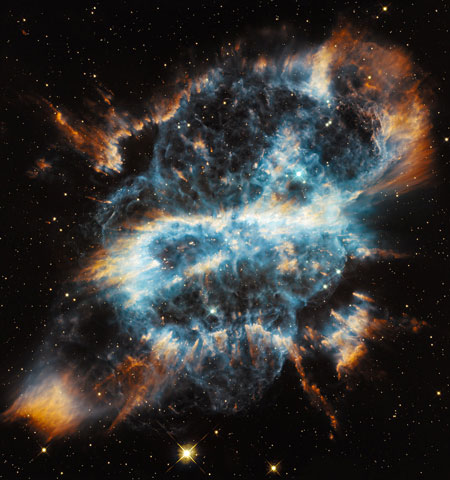 The NASA/ESA Hubble Space Telescope celebrates the holiday season with a striking image of the planetary nebula NGC 5189. The intricate structure of the stellar eruption looks like a giant and brightly coloured ribbon in space.
The NASA/ESA Hubble Space Telescope celebrates the holiday season with a striking image of the planetary nebula NGC 5189. The intricate structure of the stellar eruption looks like a giant and brightly coloured ribbon in space.
Dec 18th, 2012
Read more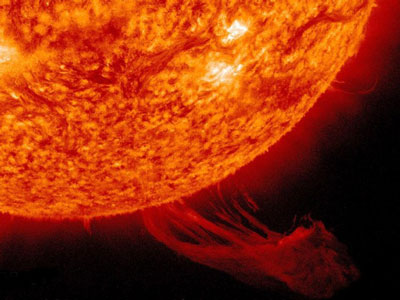 Study is first direct measurement of its kind in the lab.
Study is first direct measurement of its kind in the lab.
Dec 18th, 2012
Read more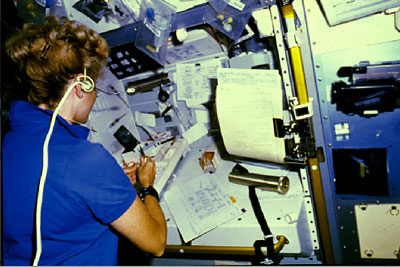 A new UCSF study looks at the health implications of flying into outer space and suggests establishing health screening standards for private citizens who want to blast off.
A new UCSF study looks at the health implications of flying into outer space and suggests establishing health screening standards for private citizens who want to blast off.
Dec 17th, 2012
Read more